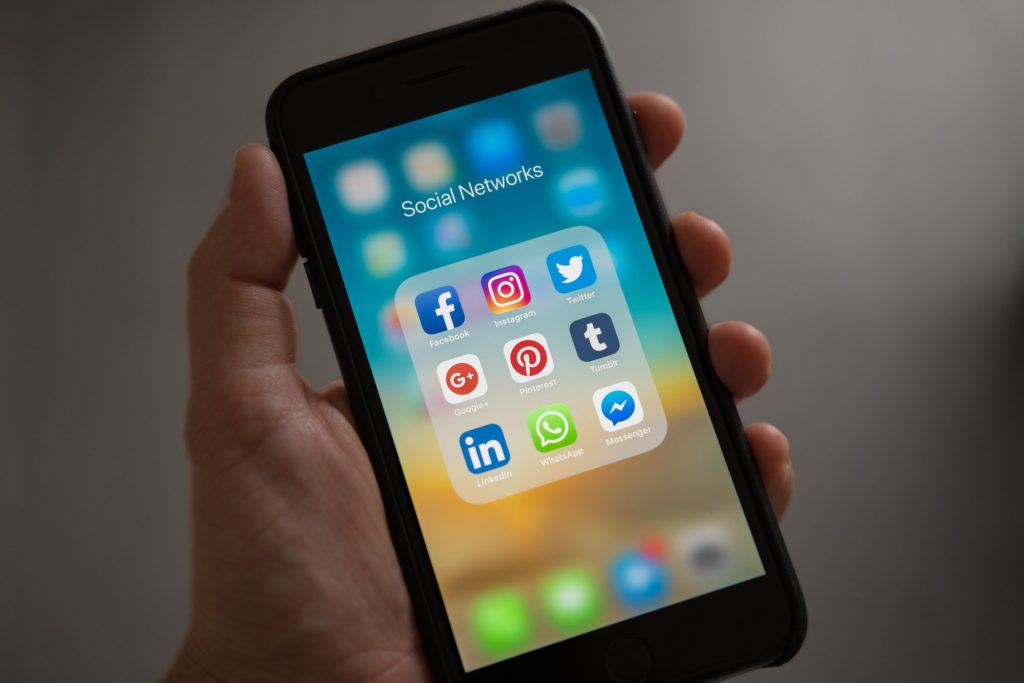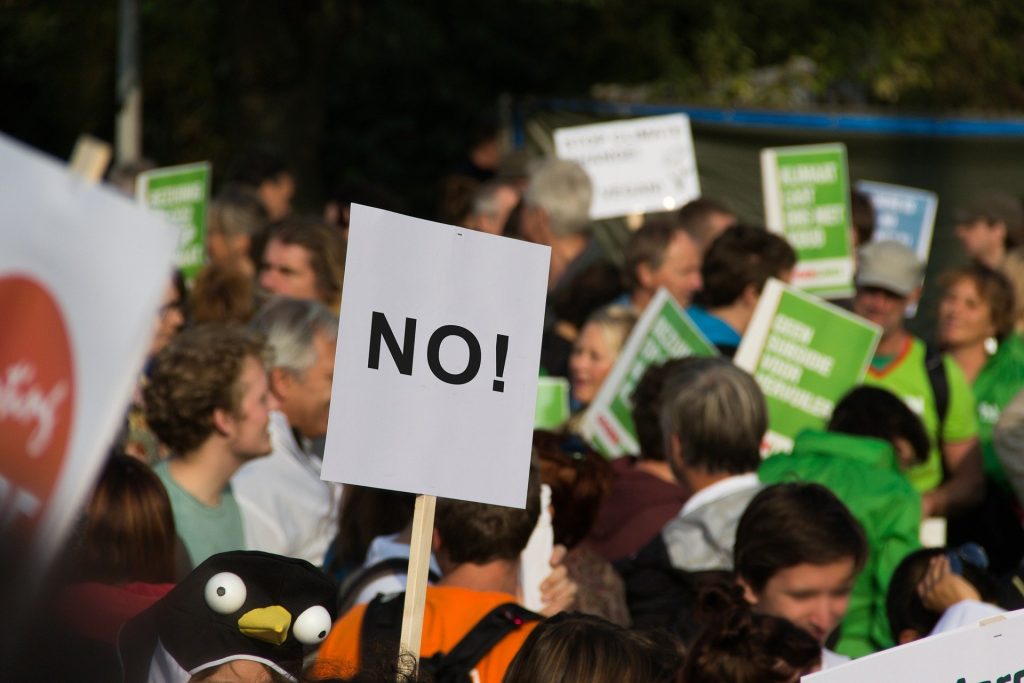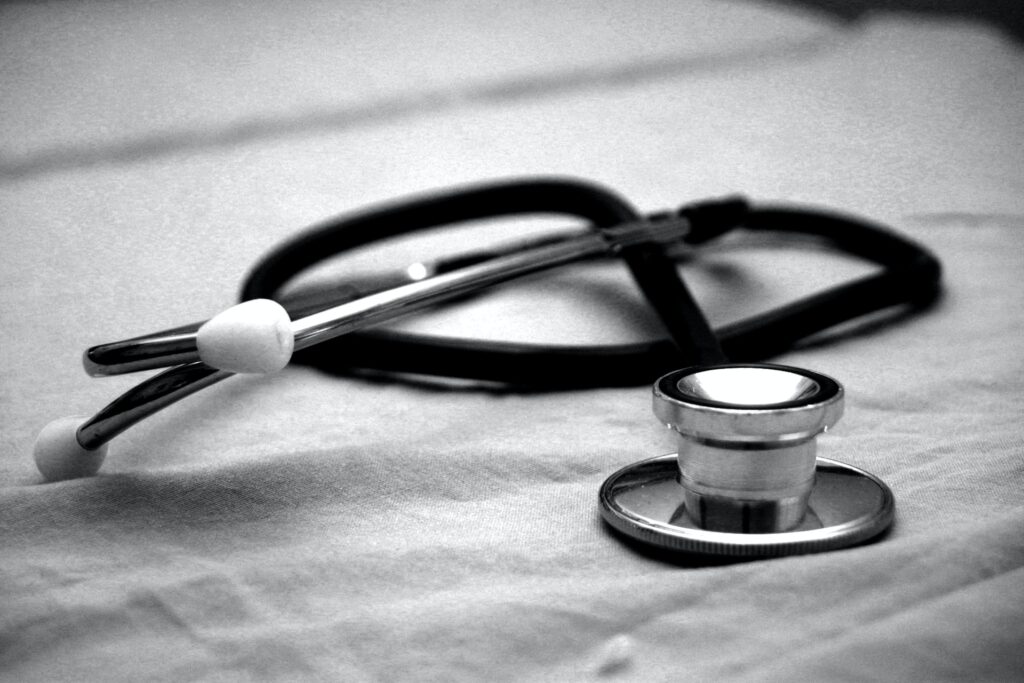Pandemic Steals the Enjoyment of Terminally Ill Patients’ Last Years
Welsh grandmother Maggie Shaftoe has a terminal brain tumour and doctors have told her she has less than two years to live.
Life with a terminal illness during the coronavirus pandemic and being in lockdown has caused difficulties for one couple making final memories.
Macmillan Cancer Support calls it an “acutely challenging time” for people living with a terminal diagnosis.
In 2017, the 63-year-old great-grandmother was diagnosed with an Anaplastic Pleomorphic Xanthoastrocytoma (APXA) brain tumour, which is very rare and most commonly occurs in children and young people with an average age for diagnosis at 12 years old. Her cancer was discovered by chance through a regular epilepsy check up and an MRI scan.
Mrs Shaftoe said that she has not seen her 11 grandchildren and great-granddaughter and she’s “just waiting for things to get back to normal”.
Together for more than 50 years, Mrs Shaftoe and her husband Chris first met as teenagers in a church choir in London. Mr Shaftoe said at this stage they “should be making the most of the time she has left and making memories with our family”.
“I think we’d like to go somewhere like Disneyland, or Lapland to see the northern lights or she’d love to go to the Cheddar Gorge,” said Mr Shaftoe, 65.
“But the pandemic has buried us in a great big hole and I don’t expect the situation to change.
“We’re noticing that Maggie’s memory is fading quite quickly now and she is getting worse day by day, and we understand what is coming,” he said.
In 2017 Mrs Shaftoe had an operation to remove the tumour and the following year had radiotherapy.
But Mr Shaftoe said this has only “delayed the inevitable” and his wife’s life expectancy “hangs on the effectiveness” of two anti-cancer drugs.
Since the operation, she has suffered difficulty with her memory, impaired speech, balance problems and is partially blind.
Doctors have told the couple that typically life expectancy for a patient with APXA would be five years.
Cancer Research UK said that the pandemic has had a “devastating impact on the lives of cancer patients”.
“Dealing with a cancer diagnosis and treatment is extremely difficult at any time, but the pandemic has added the stress of uncertainty, delays and shielding for some cancer patients,” said Martin Ledwick, head information nurse at the charity.
Mrs Shaftoe remains positive despite the situation, saying it helps to laugh.
“If you can make a joke of something, make a joke of it,” she said, speaking during Brain Tumour Awareness month.
“You go out to make a cup of tea and you end up peeling potatoes, and come back in and wonder why I haven’t got a cup of tea – you have to laugh at silly little things.”
However managing during lockdown has been “very difficult” and mundane tasks could be a “major headache”, according to her husband, who has medical conditions of his own.
Mr Shaftoe says they now have a carer who comes for an hour each morning.
But he said: “We need more care. We have spent most of the pandemic without a carer and it has been absolutely nightmarish trying to get Maggie one.”
Macmillan Cancer Support in Wales said it has heard from many people in isolation, which makes “a challenging situation even more difficult”.
“We know this is an acutely challenging time for people with cancer, the NHS and cancer care, and particularly for people who are living with a terminal diagnosis,” said Richard Pugh, Macmillan’s head of partnerships.
Source: BBC News





